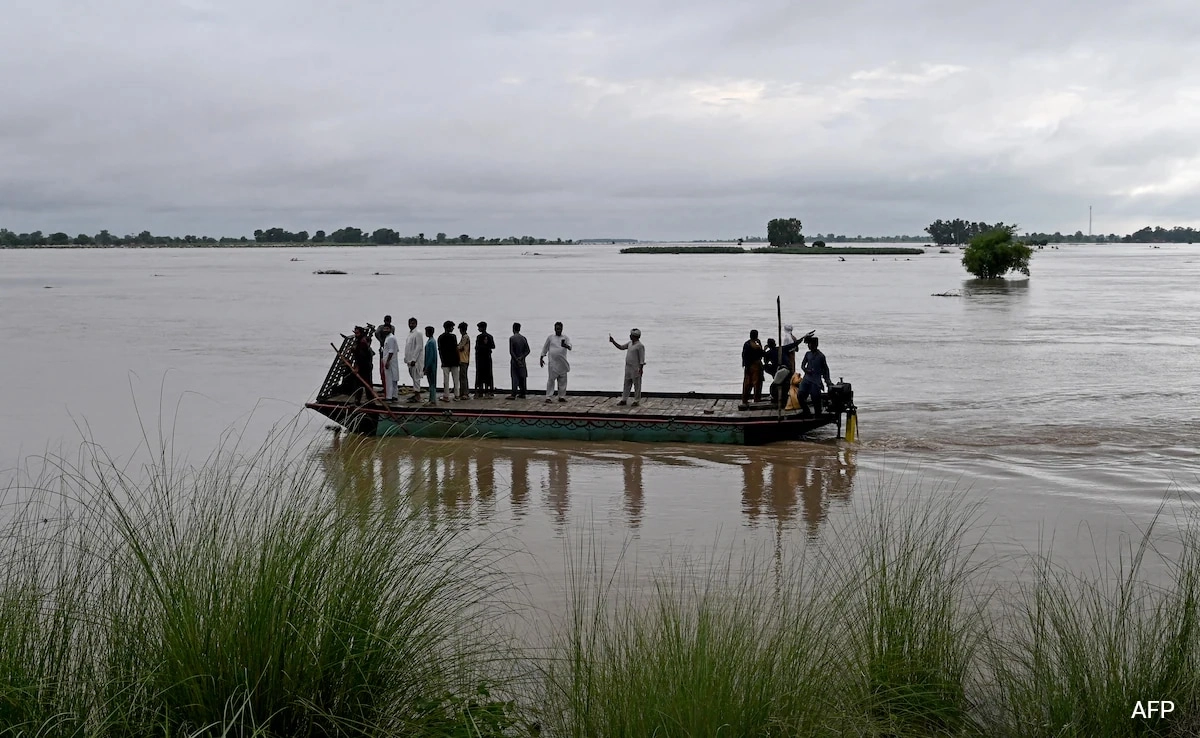In Pakistan, a tragic incident unfolded as a boat, engaged in rescue operations for individuals stranded due to severe flooding, capsized, resulting in the loss of five lives. The flooding, which has plagued various regions of the country, has necessitated urgent evacuations, prompting the deployment of boats to assist those trapped by rising waters. The situation has been exacerbated by relentless rainfall, leading to swollen rivers and overflowing banks, which have rendered many areas inaccessible. The rescue teams, consisting of local volunteers and emergency responders, have worked around the clock to reach affected communities, but the hazardous conditions have posed significant challenges.
The capsizing of the rescue boat highlights the perilous nature of these operations. Eyewitness accounts recount the frantic moments leading to the boat’s overturning, as it struggled to navigate through treacherous waters. The fatalities, including both rescuers and civilians, underscore the dangers faced by those attempting to provide aid in such catastrophic circumstances. Local authorities have expressed their condolences to the families of the victims and have emphasized the need for improved safety measures during rescue missions. The incident has prompted discussions about the adequacy of resources and training for emergency responders in the face of increasingly frequent and severe weather events linked to climate change.
In response to this disaster, various humanitarian organizations have mobilized to provide assistance to both the victims of flooding and the families of those who lost their lives. Relief efforts are being coordinated to supply food, shelter, and medical aid to affected populations. Additionally, the government is under pressure to enhance infrastructure and disaster preparedness plans, especially in regions prone to flooding. As Pakistan continues to grapple with the aftermath of this tragedy, the resilience of its people is being tested, and the need for comprehensive strategies to mitigate the impacts of natural disasters has never been more apparent.




